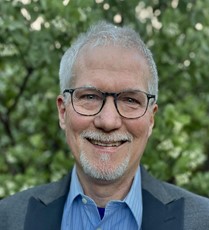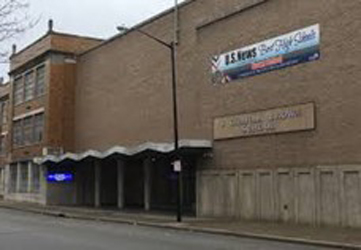Most of us have experienced being hijacked from our best self and we also know how to bring ourselves back into balance—to center. But it takes practice and skill to do it well. The good news is we are all resilient when we tap into the magic inside us.
A sense of belonging is a strong connection to family, community/neighborhood, and school. Our youngest citizens, that walk in and out of school doors every day, are truly seeking the gifts adults have to offer. If the invitation is genuine and meaningful, then the student gift in return is authenticity of self and community.
Students across our country are struggling in the upside down COVID-19 world. It is difficult, if not impossible, for them to focus and to process academic information with brains that are anxious, stressed and distracted. If we want students to pass tests and maintain their academic achievements, we need to double down on efforts to create a positive school climate and address the emotional welfare of the students in our care.
When I began training with the Safe School Ambassadors® Program almost five years ago, I knew it was the solution to positively change school climate on campuses. What I didn’t realize, however, was that Safe School Ambassadors not only changes school climate, it changes lives.
As educational leaders meet to address the growing number of students experiencing anxiety and failing grades, one thing is clear; we cannot expect students to thrive in academics when their social emotional needs are not being met. Research has shown that until students feel safe and connected to a caring school community, learning and academic achievement is compromised.
From helping them understand their emotions to setting the right goals and showing empathy to others, as a parent, you want your child to be equipped with the necessary social and emotional skills through social-emotional learning (SEL). And to ensure that your child develops them, it's important to remember that learning always starts at home.
In this COVID-19 upside down world there is no returning to business as usual, and there is no going back to the way it was. Our communities, our country and our world have been altered like never before. So, when schools re-open job number one must be to ensure that students feel, safe, welcome and connected to caring adults.
The historical image of what it means to be LGBTQ+ has just recently become a positive one, and that negative stigma still haunts us today. When we do not have healthy role models and have no concept of what it may mean to grow up in a society as a queer person, certain patterns are created: isolation, alienation/lack of belonging, social anxiety and a plethora of other symptoms of not feeling connected.
Sexual abuse and molestation present a significant and growing concern in our schools and communities, and educators, law enforcement and legislators are struggling to find solutions to this disturbing trend. Young people are in a unique and vital position to make a positive impact in preventing and stopping sexual misconduct.
While other alcohol and drug prevention trainings might suggest a “just say no” approach or rely on fear-based teaching, Community Matters focuses on empowering youth. The question we ask is: can we encourage young people to become upstanders, increasing their likelihood of standing up and speaking up when they witness dangerous or unhealthy choices being made by their friends?









